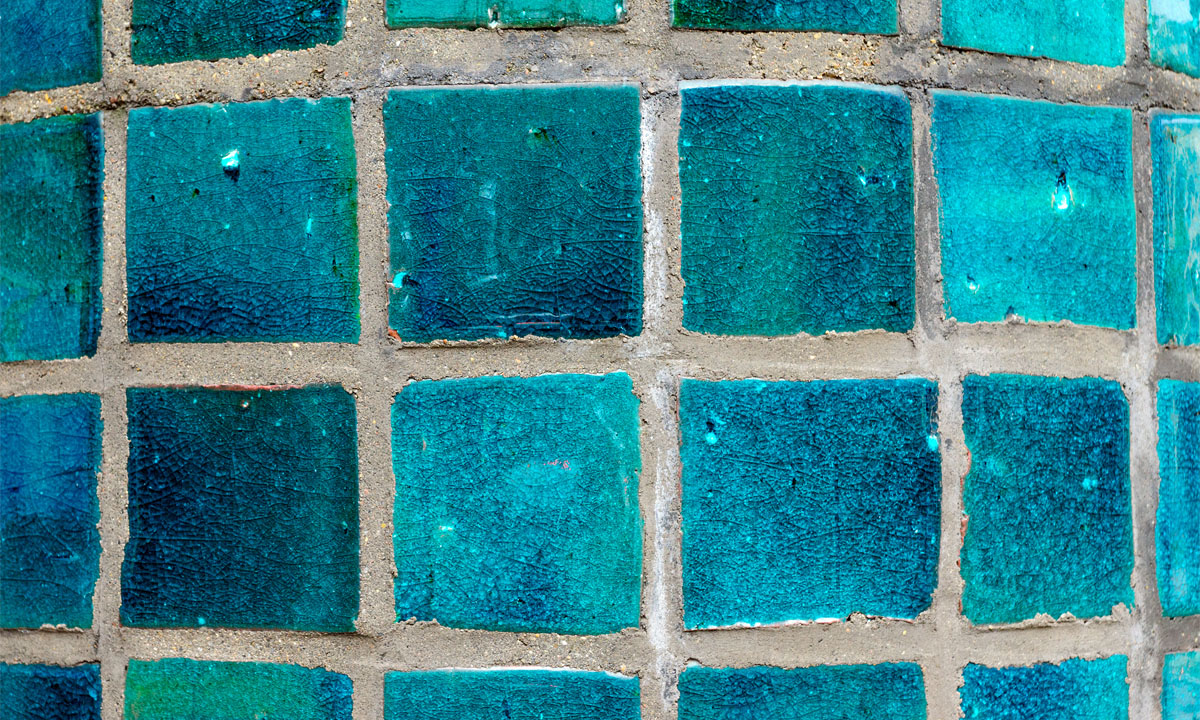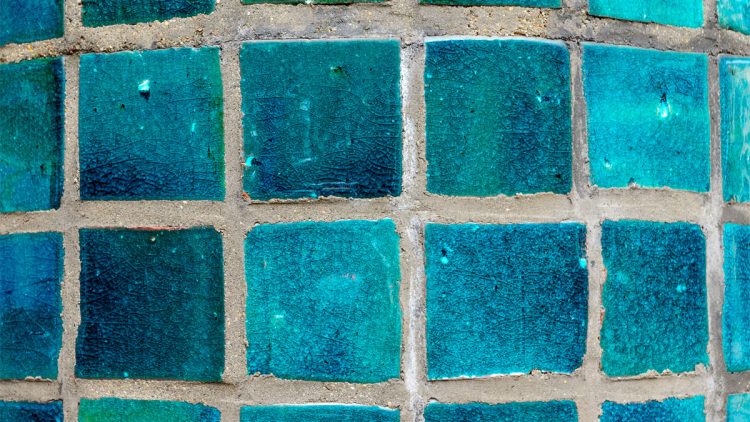How To Remove Calcium From Pool Tile

This post is going to discuss calcium scale, a type of calcium carbonate, also known as lime scale. A lot of the Us has hard water, in which could produce calcium deposits forming on your pool tiles.
What is the Cause Scale in a Pool?
Calcium carbonate occurs due to pool water evaporating during summer months around the water line in the pool. Calcium crystals form as nodules that dot the surface of your pool tile or metal surfaces and can even cause encrusted deposits in the corners of your pool. This happens due to high calcium hardness that is caused by elevated pH levels, high alkalinity, and increased water temperatures.
How You Can Prevent Calcium Scale?
- Stay away from using calcium hypochlorite shock, which adds calcium to your pool.
- Maintain your pH and alkalinity reduced by having a 7.2 – 7.4 pH level and 80 ppm alkalinity.
- Use a purifier to cluster calcium together to be filtered in the pump.
- Balance the Langelier Saturation Index (LSI) of your pool. This is what establishes the propensity to scale. An LSI calculator will receive 5 water test results and will do the math for you.
How You Can Remove the Calcium Scale?
You can remove calcium scale build-up utilizing muriatic acid or using a dry acid that gets dissolved in water. You can use a sponge for smaller areas and/or using a watering pot for the larger areas. Make sure that you wear gloves and safety goggles for the removal of scale with acid. It releases noxious fumes, will fizzle and bubble as the calcium scale build-up gets dissolved. Acid magic can also be used.
Removal of Calcium Deposits on Pool Tile:
Lower your water level to the base of the tiles and prepare the acid solution. Apply your solution with a broad sponge or wire brush. Use a wire brush or putty knife to assist you in the removal of the deposits. Rinse it off with water after one minute and then re-apply as needed. Using a pumice stone or pool stone can also help to remove calcium scale with a bit of hard work. Having a bead blasting company to come to your house and remove the scale. A lot of them use magnesium sulfate, that is a less aggressive form of salt rather than using beads or sand.
Removing Calcium Deposits on Your Pool Plaster:
A lot of white plaster pools are going calcium scale all over the place, but you will not notice it since the plaster is white. Black or grayish plaster pools will also have calcium layer, but it is rather visible. Utilizing acid washing, darker colors can be restored. For the removal of calcium, start with a pool pumice stone and determine if you can do the entire pool by sanding off the calcium. Or draining the pool and having it acid washed or pressure washed.
The Removal of Calcium on Efflorescence on Your Stonework and Tile:
Comparable to calcium scale produced by water, efflorescence happens in grout in between stone or tiles close to water fixtures. No matter what is causing the moisture to come from backside of the tile or stone throughout the grout will produce calcium. This is the same kind of process that produces stalagmites. Occasionally the moisture comes from the pool itself. A sealer can be used on the tiles to help act as a barrier. For larger stone or tile that are above the pool water, you might need to seal the water source for the prevention of efflorescence. Even if your water is hard water, you can manage and prevent calcium deposits with a little hard work, cleaning solutions and ideal water balance.
Calcium Removal In Gilbert, AZ
Pool Service Gilbert is a family-owned and operated business that has been serving the valley since 2004. We offer reliable and affordable pool services, including acid washing, repairs, equipment installations and more! Our service area includes Ahwatukee, Chandler, Gilbert, Mesa, Phoenix and Tempe, Arizona. Contact us right here for your upcoming pool service needs!

